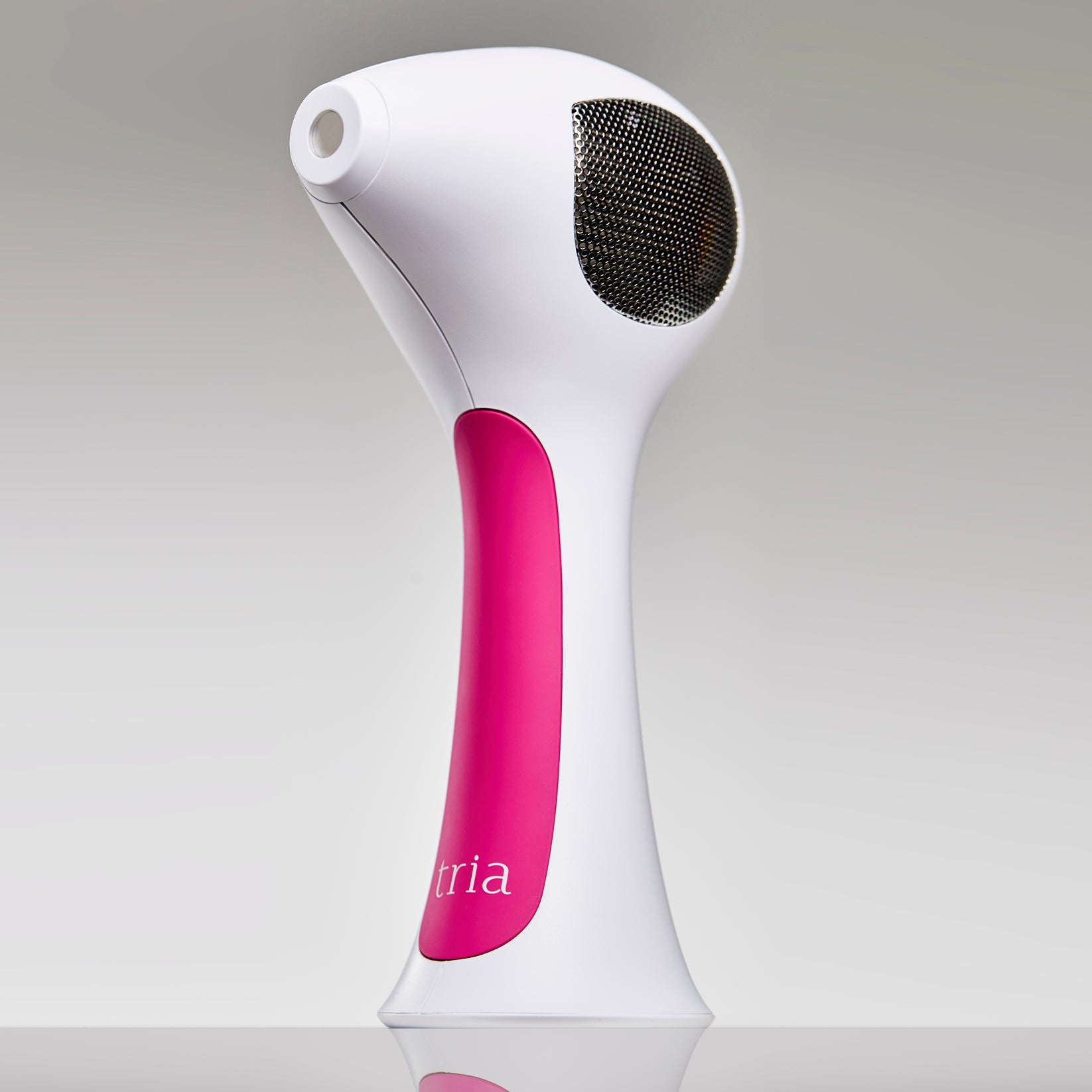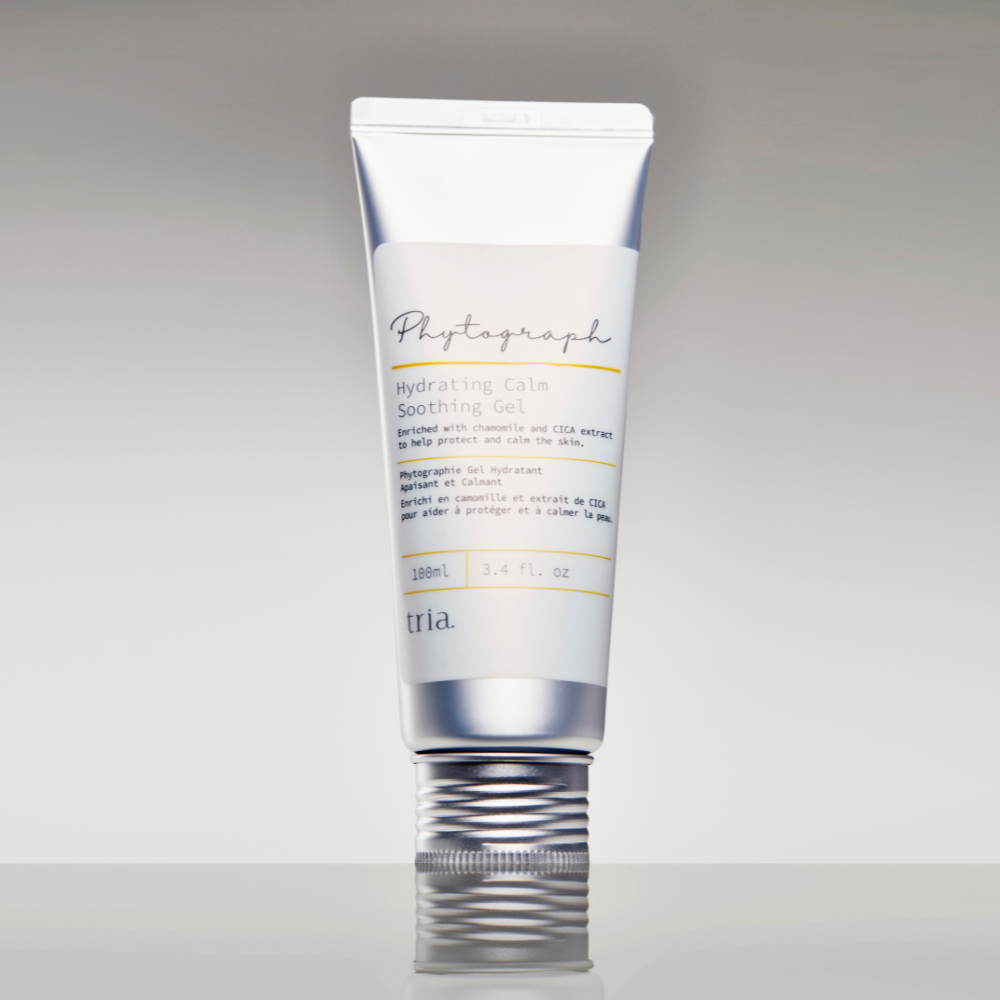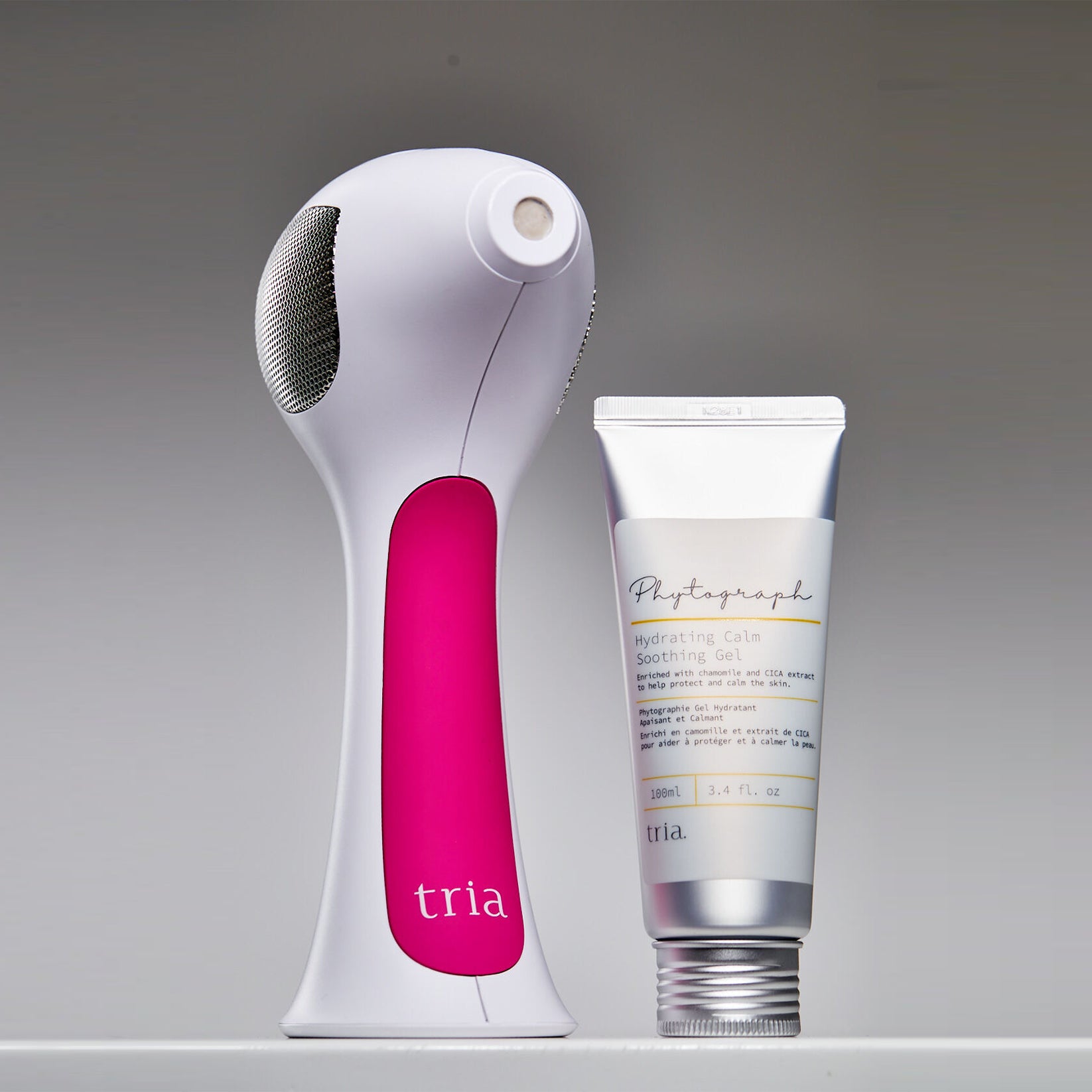PHILIPS VS. TRIA FOR HAIR REMOVAL
Find out why our Tria 4X Hair Removal Laser beats the Philips Lumea 9000 Series on technology, results, power and price.
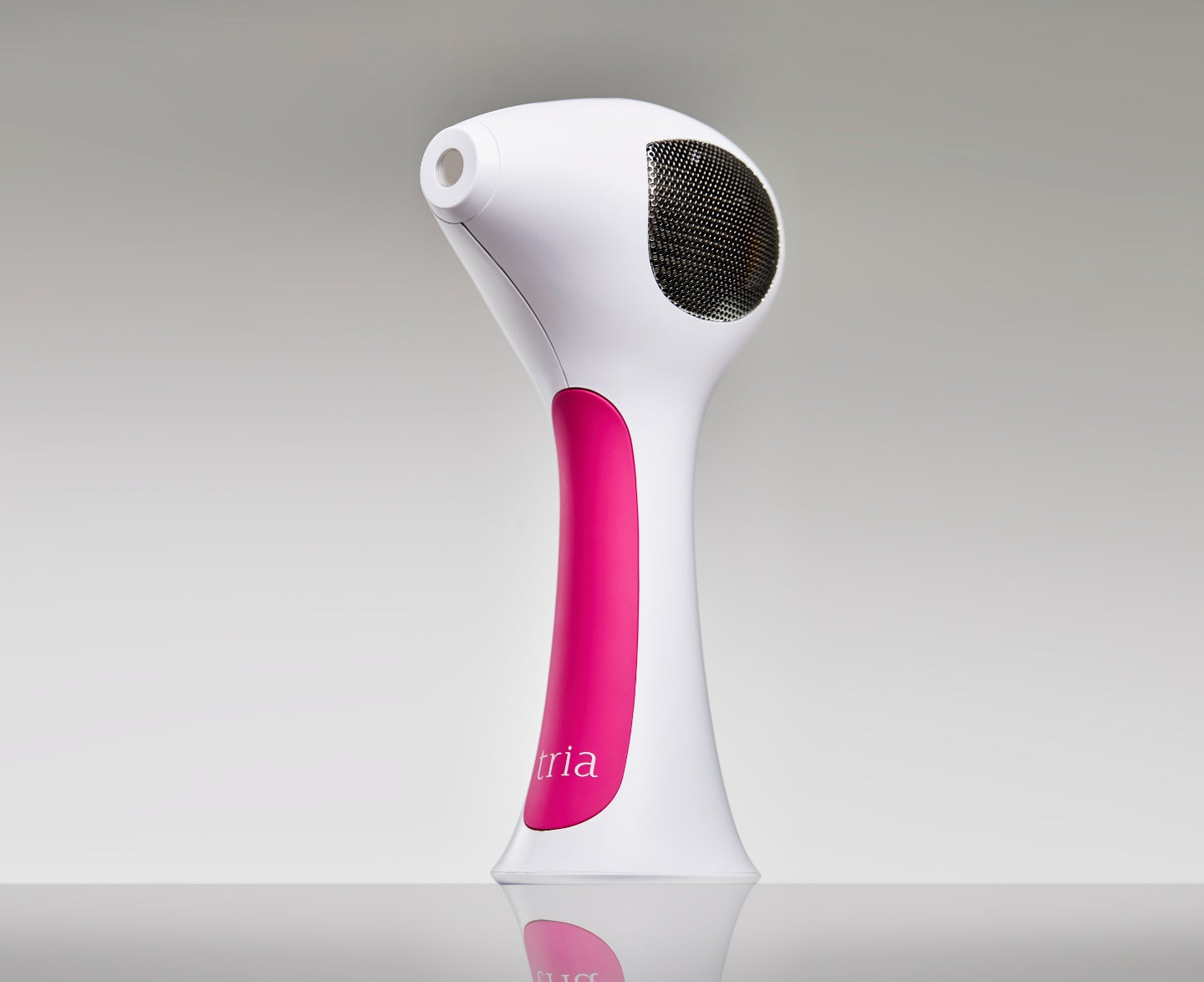
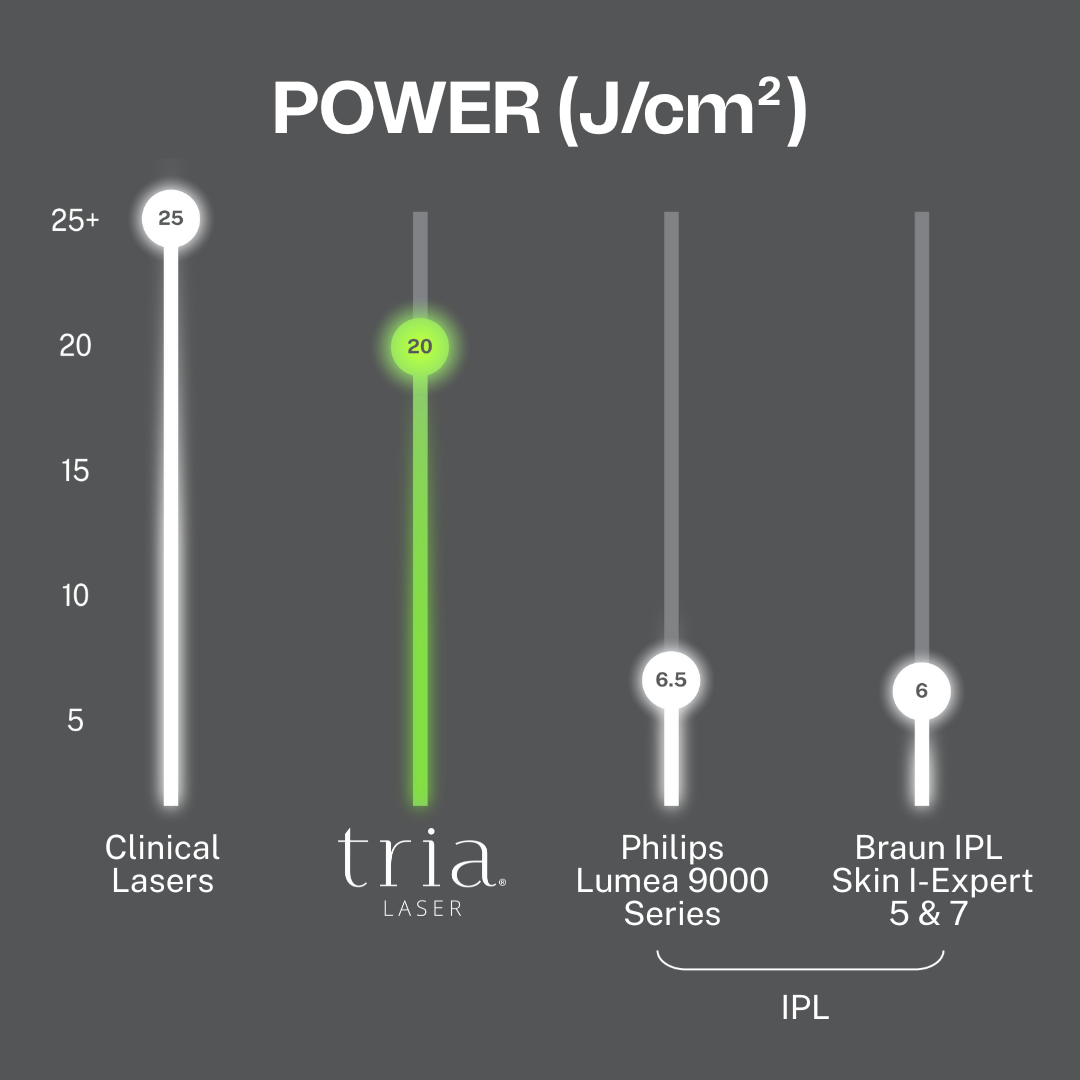
Which is better for hair removal, Philips or Tria?
Tria delivers 208% more power than Philips, helping it deliver up to 75% hair reduction in just 2 treatments - a result that cannot even be achieved in 12 treatments with Philips, which only delivers an average of 58% hair reduction after 12 treatments.*
Philips offers users a great solution for hair reduction, saving them money versus going to a clinic. However, Tria offers clinical-grade results from the comfort of your home, clinically proven to deliver up to 100% hair removal**, making it the best solution for at-home hair removal.

What's the difference between IPL and Laser for hair removal?
Before we compare hair removal technologies, it is important to note the key factors that drive the results they achieve:
- Power level
(the amount of energy it delivers) - Wavelength
(the distance between two peaks of a light wave) - Skin tone
(both IPL and laser are unsuitable for darker skin tones) - Hair colour
(both technologies are unsuitable for those with red, blonde or grey hair)
Want to understand more about IPL vs. laser technology? Read our Tria Topics: IPL vs. Laser at the link below.
Tria 4X Hair Removal Laser Vs. Philips Lumea 9000 Series
| Tria 4X Hair Removal Laser | Philips Lumea IPL 9000 Series | |
|---|---|---|
| RRP |
$479.99 |
$699.99 |
| Technology |
Precision Diode Laser |
IPL (Intense Pulsed Light) |
| Maximum power output |
20J/cm² |
6.5J/cm² |
| Full course of treatments |
8 Treatments |
8 Treatments |
| Result after full course |
Up to 100% hair removal |
Up to 86% hair reduction (no clinical evidence) |
| No. of treatments to deliver 75% hair reduction |
2 Treatments |
8 Treatments |
| Wavelength |
Precisely 810nm |
Broad spectrum (between 530 nm and 1100 nm) |
| Precision |
Single, powerful and precise wavelength to target hair follicles down to the root |
Less targeted, less powerful, broad spectrum that doesn't reach the root |
| Number of settings |
5 Settings |
5 Settings |
| Top ups required |
Only as needed |
Monthly to maintain results |
| Claimed results | ||
| Claimed length of time results last | ||
| Clinical evidence for claimed results |
Based only on a consumer feedback survey |
|
| Clincially evidenced results |
Up to 100%, permanent hair removal after 8 treatments |
58% hair reduction after 12 treatments.* |
| Safe areas to treat |
Proven to be safe for use on most areas of the body but should not be used above the cheek on the face, on genitals or hair within the bikini line, on nipples or around the anus. |
Requires different attachments for different body areas. With these, it can be used on the full body, except for the labia minora, the perineum, or around the anus. |
| Number of attachments |
No additional attachments needed to treat different areas |
4 different attachments are needed for various areas of the body |
| Treatment window size |
0.79cm2 |
2-4.1cm2 |
| UV filter built in? |
No filter needed |
Yes, needed to reduce harmful energy the device produces |
| Does it save money vs. clinic? |
Yes |
Yes, but not as much due to higher price and results being less effective |
| Wireless use? |
Yes, battery powered |
Yes, can be used with battery or mains power |
| Warranty |
Up to 2 years |
Up to 2 years |
| Money back guarantee? |
Yes |
Yes |
| Free delivery? |
Yes |
Yes |
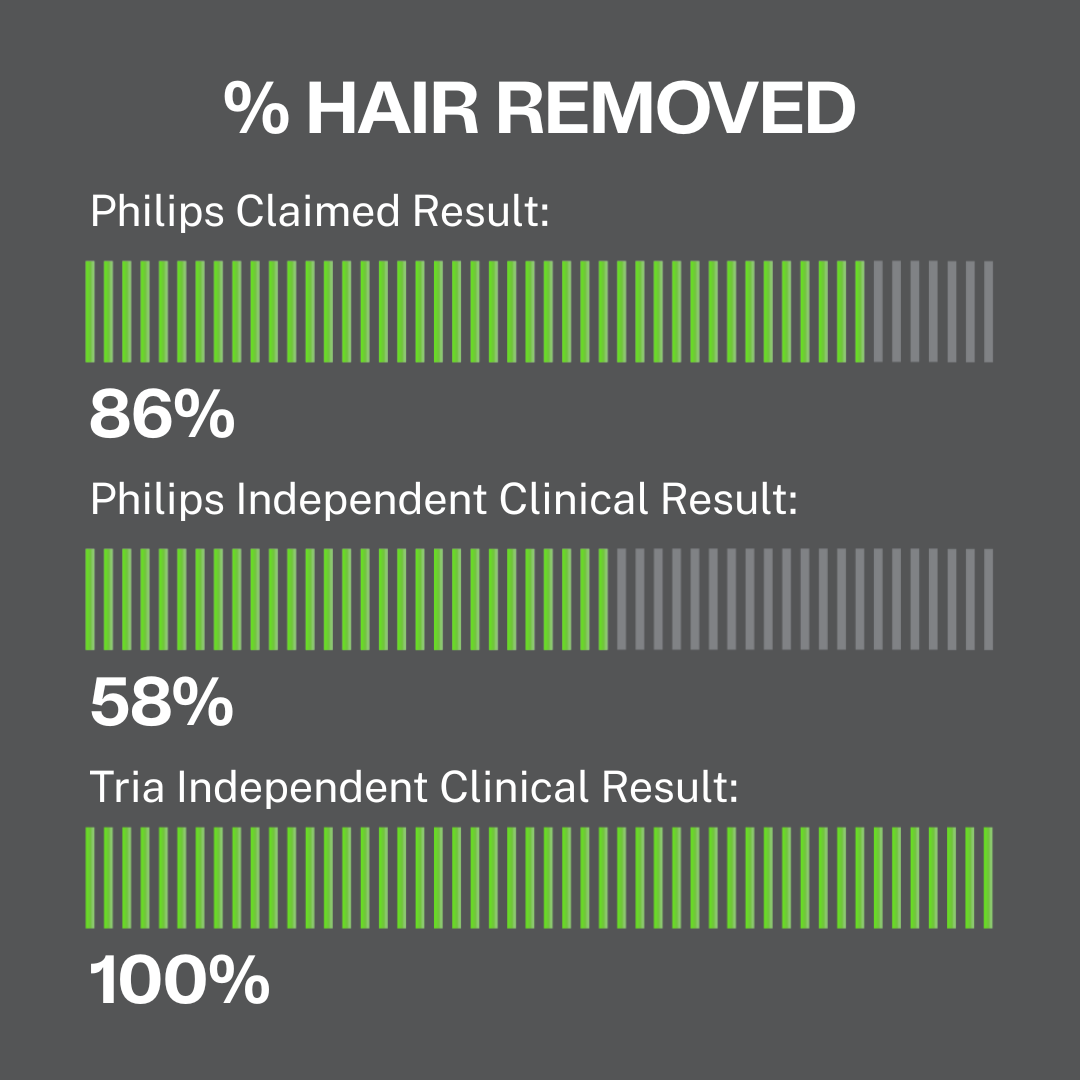
COMPARING RESULTS OF PHILIPS VS. TRIA
- Tria 4X Hair Removal Laser is clinically proven through independent clinical study to provide up to 100% hair removal in as little as 8 treatments.
- Philips claim their device delivers up to 86% hair reduction 'after a full course of treatments' (based on customer feedback survey)
- However, an independent clinical trial showed Philips Lumea 9000 Series to actually only reduce hair by 58%.
- Furthermore, Philips users will require monthly top-ups, whereas Tria users will only need occasional top-ups to maintain their more permanent results.
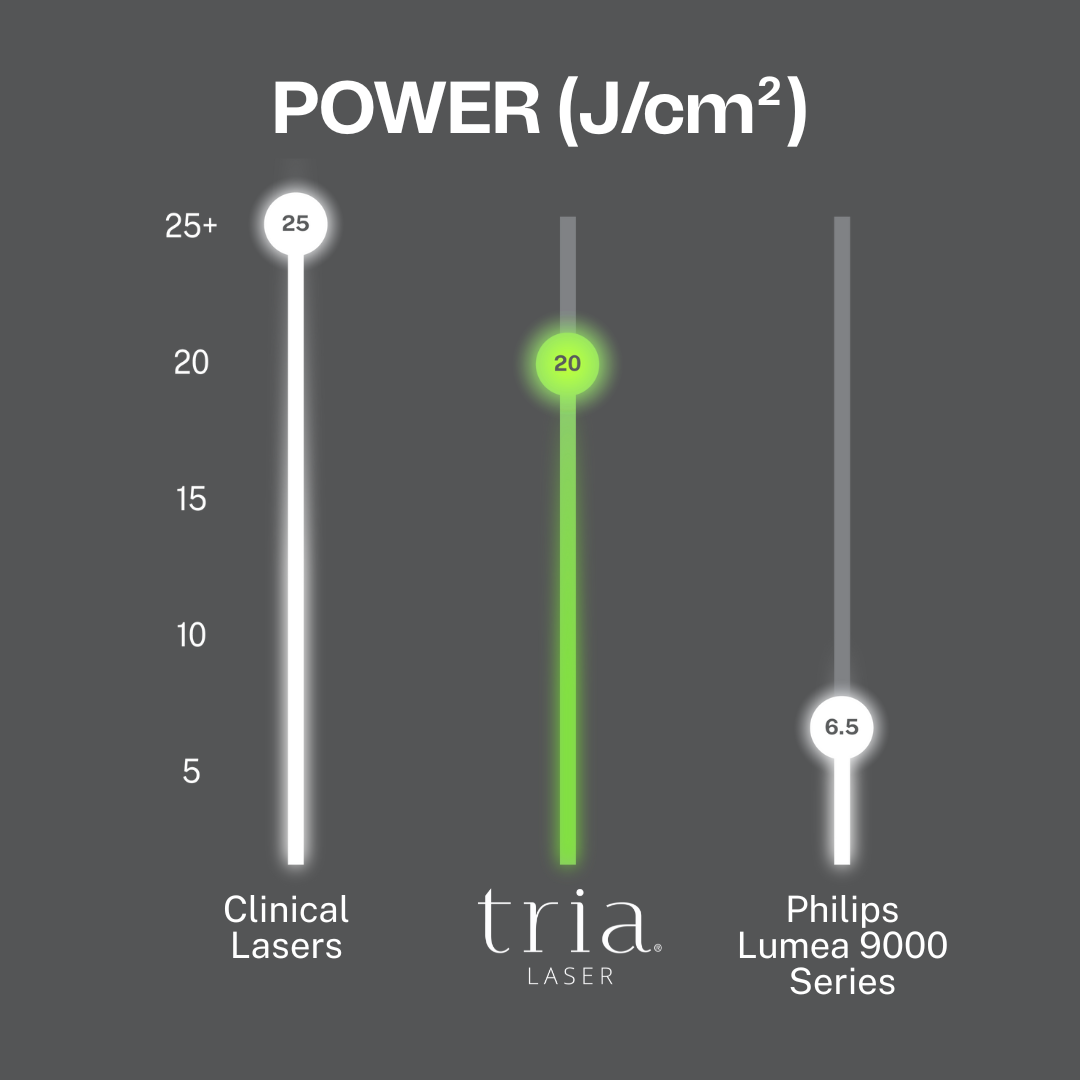
COMPARING POWER OF PHILIPS VS. TRIA
Power, measured in J/cm², is clinically proven to have a positive correlation with the amount of hair removed.
More power = better results.
Philips Lumea 9000 releases 6.5 J/cm² compared to the Tria 4X Hair Removal Laser which uses 20 J/cm² per pulse, this is over triple what Philips Lumea 9000 can produce leading to stronger laser = better results.

COMPARING PRECISION OF PHILIPS VS. TRIA
Tria 4X Hair Removal Laser emits a single, precise laser wavelength. This allows the energy to be concentrated and easily absorbed by the hair follicle, resulting in more targeted treatment.
In contrast, the Philips Lumea 9000 Series uses IPL (Intense Pulsed Light), which emits a broad spectrum of light. Because IPL is less focused and more diffused, some of the energy is scattered, making it less precise compared to diode laser technology.
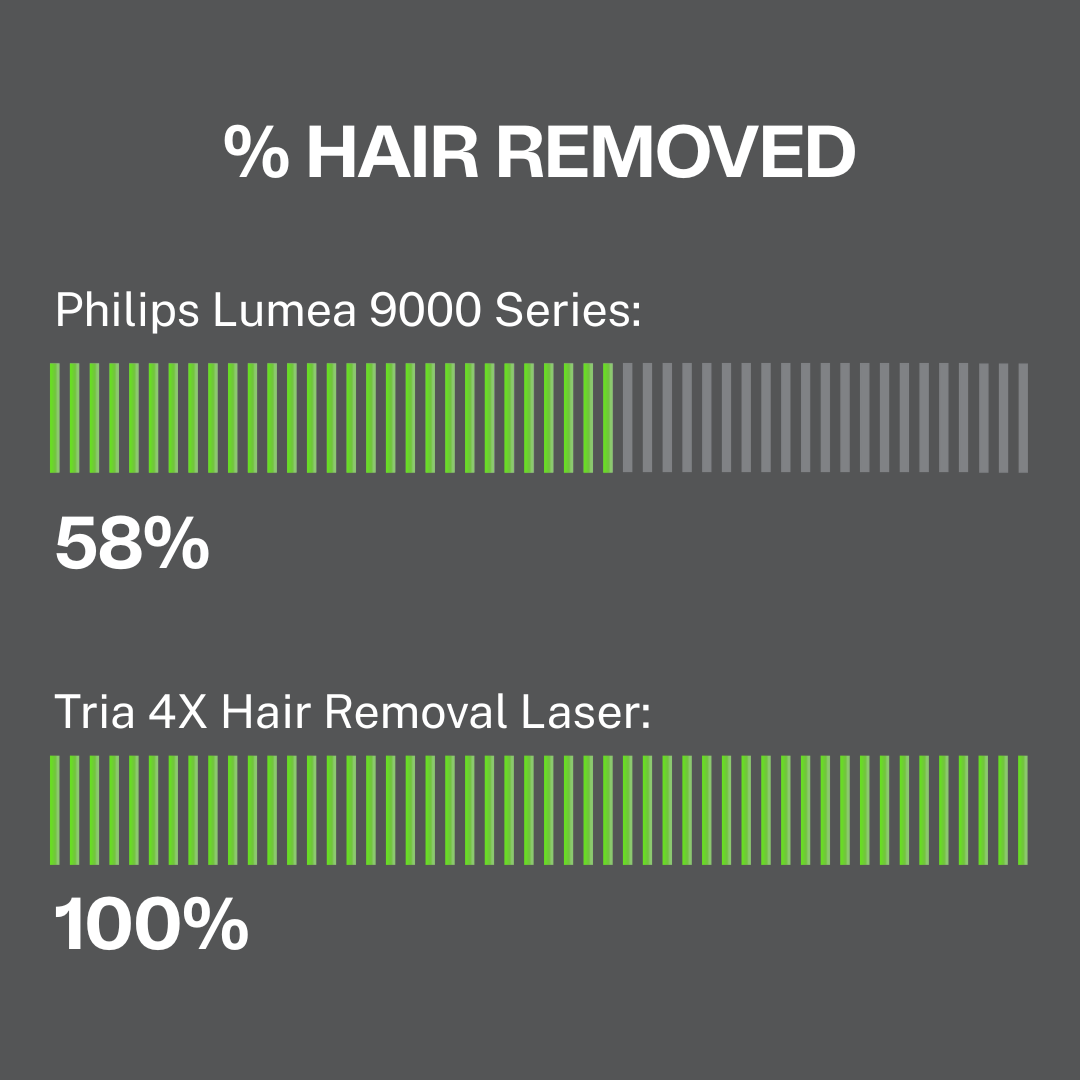
PHILIPS VS. TRIA - WHICH DEVICE OFFERS THE BEST RESULTS?
Tria 4X Hair Removal Laser is a superior technology, providing better results in a shorter time frame:
- Tria 4X Hair Removal Laser is clinically proven to deliver up to 100% hair removal after 8 treatments.
- Philips claim to deliver up to 86% hair reduction after 12 treatments, though there is no clinical evidence available to support this claim.
- An independent clinical study revealed the result to actually be more like 58% hair reduction after 12 treatments.*

PHILIPS VS. TRIA - WHICH IS QUICKER?
Philips:
- Larger treatment window = quicker individual treatments
- However, more treatments are required and results will never be permanent.
Tria:
- More powerful, precise laser delivers up to 75% hair reduction in just 2 treatments.
- It may take longer to treat each area but the results will be better, with more hair removed, faster and up to 100% hair removal.
Conclusion:
- Tria 4X Hair Removal Laser is the superior choice for at-home hair removal.
- Philips will give you shorter treatment times but will take more time in the long run to achieve less permanent results.
SHOP HAIR REMOVAL
*Market leader research institute, retail value MAT March 2022, per IPL category. Average result 58% hair reduction after 12 treatments.
**http://www.surgicalcosmetic.org.br/details/78/en-US/diode-laser-versus-intense-pulsed-light-in-axillary-epilation
